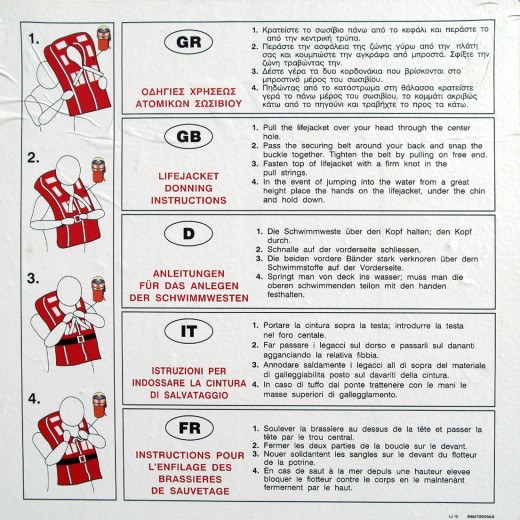4 Basic Corporate Communication Styles for Every Business

How many letters do you read and how many more do you write in a day? Business communication seems to take up so much of one’s time at the office. But the truth is you should be thankful that you have information that you need to accomplish your work. The only shortcoming is when effective communication strategies are not put in place.
The success of the company is closely intertwined with how effective the business organization communicates. In a business, people communicate information in numerous ways. Here are the most common business writing styles you often encounter:
Business Writing Resources
1. Correspondences
Correspondences can range anywhere from formal to the informal. Likewise, they can be official corporate documents or otherwise. Regardless of the business writing style or format used, they simply aim to convey information - hopefully relevant ones.
Business letters e-mails and memos fall into this category. As such, this is the most frequently used business communication method within an organization. Lamentably, this is often the source of miscommunication within an organization. As such effective communication strategies must be developed and implemented at once.
Common problems:
- Poor grammar
- Incomplete information
- Not up to date

2. Reports
Reports on the other hand are often well-documented. They can be routine reports submitted to the superior or special reports asked from an employee. In many instances, writing a report is easy because of the forms and guides that the company provides. On the other hand, there are times when the employee has to build it from scrap. No matter what type of report is asked, the accuracy and completeness of information is expected.
Common problems:
- Inaccurate information
- Tampered data
- Not up to date
3. Proposals
Another type of corporate communication expected within a business organization is a business proposal. This type of corporate correspondence seeks to justify a project a business or any intended course of action. Here, the author must write the advantages of his/her proposal. For an unbiased take on the proposal, the downsides are sometimes mentioned. Proposals offer alternatives to the decision makers of any business organization.
Common Problems:
- Unclear information
- Incomplete data
- Not up to date

4. Instructions
The last type of corporate business writing is the instruction category. These include the corporate handbook, technical manuals, SOPs and the like. These types of corporate correspondences provide information on how tasks are done to the specifications of the company. Providing guidelines and formats when writing instructions is one of the most effective communication strategies a company can employ.
Common problems:
- Confusing instructions
- Inconsistent or conflicting information
- Not up to date
Every business organization should place careful attention to proper corporate communication. The quality of information that is passed along from one person to another greatly affects the success of a business. Moreover, addressing the common problems in business communication will greatly increase productive and increase business success. Suffice to say, proper business correspondence ensures proper corporate communication.
Other hubs worth reading
Proper Correspondences: The Core of Corporate Communication
Corporate communication, when done properly can bring success to any business organization. Unfortunately there are many communication failures that slow down progress. Learn how corporate communication can be improved.
Corporate Culture and the Prima Donna Employees - Dealing With Difficult People
Learning how to deal with difficult people and employees is a skill. Know how to maintain a positive corporate culture and a productive organization.
Principles of Effective Communication We Take for Granted
Technology makes it a point that we can communicate more efficiently with someone even halfway across the world. But the real challenge is not in the means of communication but on communicating effectively. Do you think you communicate effectively?
Management Failure: The Minion-Minded Manager
Minion-minded managers fail to think like managers. Avoid these common pitfalls and lead a productive team today.









